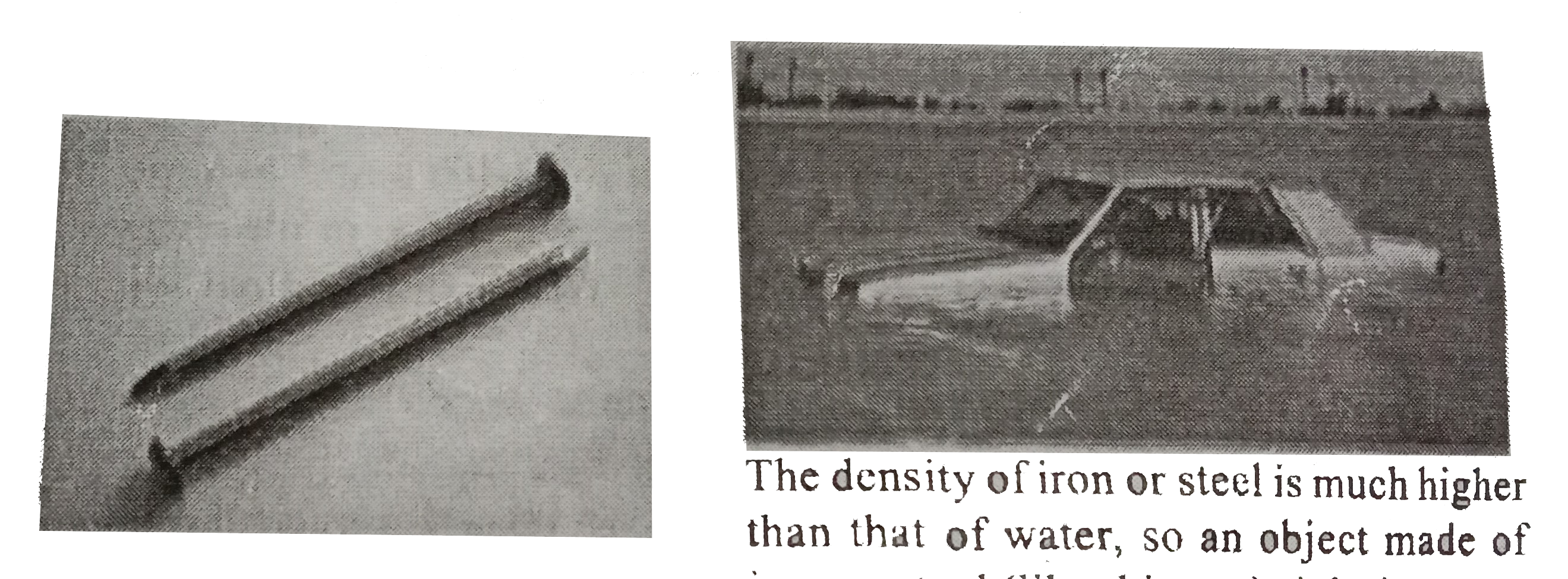Are rods and cones evenly distributed over the entire surface of the retina ? Why or why not? At which point on the retina is a point to point image found ?
Step-by-Step Solution:
1. Understanding Rods and Cones:
- Rods and cones are two types of photoreceptor cells located in the retina of the eye.
- Rods are responsible for vision in low light conditions and do not detect color, while cones are responsible for color vision and function best in bright light.
2. Distribution of Rods and Cones:
- Rods and cones are not evenly distributed across the retina.
- The density of rods is much higher than that of cones in the peripheral regions of the retina, which allows for better vision in dim light.
- Cones are concentrated primarily in the fovea, the central part of the retina, which is responsible for sharp central vision and color perception.
3. Reason for Uneven Distribution:
- The uneven distribution is due to the functional requirements of vision.
- The fovea, where cones are densely packed, is crucial for tasks requiring high visual acuity, such as reading and recognizing faces.
- The peripheral areas of the retina, rich in rods, are more sensitive to light and motion, aiding in night vision and peripheral awareness.
4. Point-to-Point Image Formation:
- A point-to-point image is formed at the fovea.
- This area has the highest concentration of cones and is responsible for the detailed and colored vision that is necessary for tasks requiring precision.
Final Answer:
Rods and cones are not evenly distributed over the retina. Rods are more numerous and are predominantly located in the peripheral regions, while cones are concentrated in the fovea, where sharp and color vision occurs. The point-to-point image is found at the fovea.
---
- Rods and cones are two types of photoreceptor cells located in the retina of the eye.
- Rods are responsible for vision in low light conditions and do not detect color, while cones are responsible for color vision and function best in bright light.
- Rods and cones are not evenly distributed across the retina.
- The density of rods is much higher than that of cones in the peripheral regions of the retina, which allows for better vision in dim light.
- Cones are concentrated primarily in the fovea, the central part of the retina, which is responsible for sharp central vision and color perception.
- The uneven distribution is due to the functional requirements of vision.
- The fovea, where cones are densely packed, is crucial for tasks requiring high visual acuity, such as reading and recognizing faces.
- The peripheral areas of the retina, rich in rods, are more sensitive to light and motion, aiding in night vision and peripheral awareness.
- A point-to-point image is formed at the fovea.
- This area has the highest concentration of cones and is responsible for the detailed and colored vision that is necessary for tasks requiring precision.
Rods and cones are not evenly distributed over the retina. Rods are more numerous and are predominantly located in the peripheral regions, while cones are concentrated in the fovea, where sharp and color vision occurs. The point-to-point image is found at the fovea.
Topper's Solved these Questions
- NEURAL CONTROL AND CORRDINATIONBOOK - PRADEEPCHAPTER - NEURAL CONTROL AND CORRDINATIONEXERCISE - Additional Question (Long Answer Question)
29 Videos
- NEURAL CONTROL AND CORRDINATIONBOOK - PRADEEPCHAPTER - NEURAL CONTROL AND CORRDINATIONEXERCISE - Analytical Question With Answer
20 Videos
- NEURAL CONTROL AND CORRDINATIONBOOK - PRADEEPCHAPTER - NEURAL CONTROL AND CORRDINATIONEXERCISE - Additional Question (Very Short Answer Question)
48 Videos
- MORPHOLOGY OF FLOWERING PLANTSBOOK - PRADEEPCHAPTER - MORPHOLOGY OF FLOWERING PLANTSEXERCISE - Assertion-Reason Type Questions
16 Videos
- PLANT GROWTH AND DEVELOPMENTBOOK - PRADEEPCHAPTER - PLANT GROWTH AND DEVELOPMENTEXERCISE - Assertion -Reason type question
13 Videos
Similar Questions
Knowledge Check
An area of the retina which does not have rods of cones is
ARed spotBBlue spotCBlind spotDBlack spotA uniform rod of mass M and length L carrying a charge q uniformly distributed over its length is rotated with constant velocity w about its mid point perpendicular to the rod. Its magnetic moment is
AqωL2/6BqωL2/12CqωL2/24DqωL2/48
What is the starting point in the production of food and why ?
View SolutionWhat are rods and cones in the retina of an eye ? Why is our night vision relatively poor compared to the night vision of an owl ?
View SolutionThere is a point in eye where image is not perceived and why?
View SolutionAs an object is moved from the surface of a thin converging lens to a focal point, over what range does the image distance very?
View SolutionCovalent compounds have low melting points because
View SolutionGive the order in which the melting points of halides of sodium decrease and why?
View Solution

